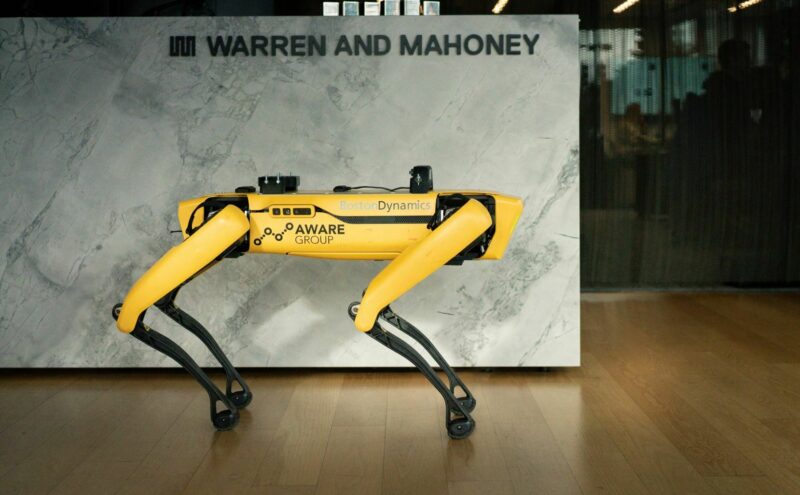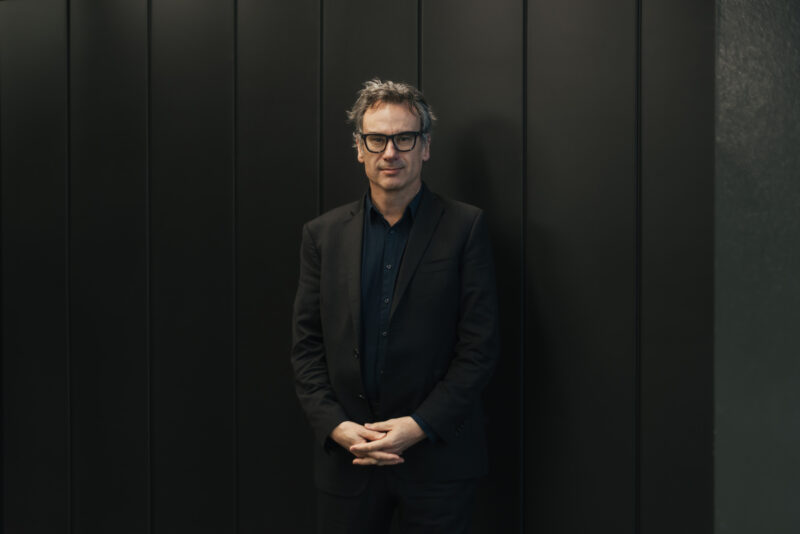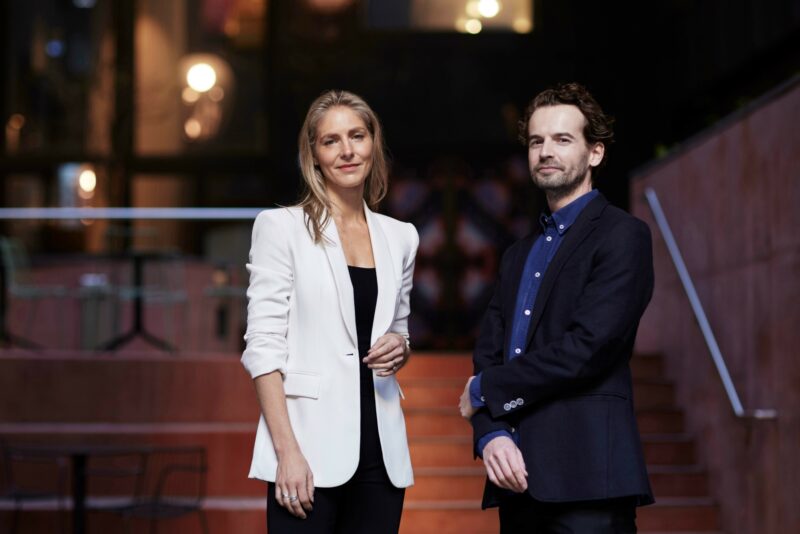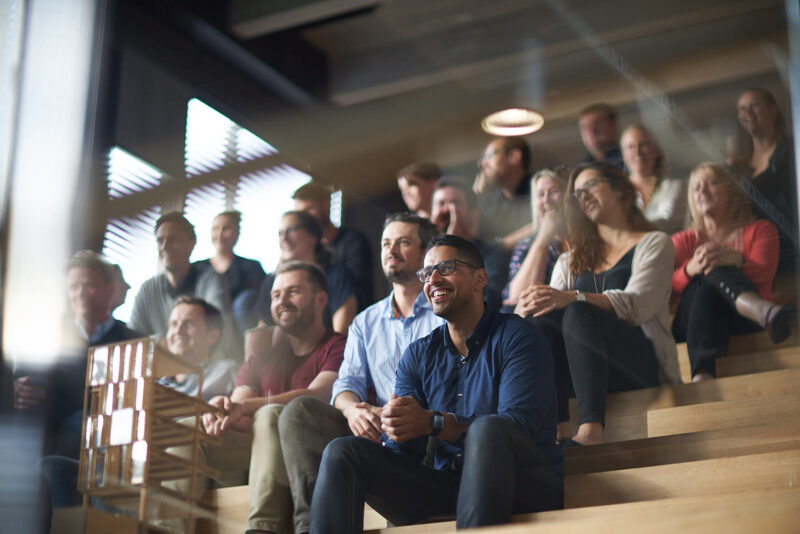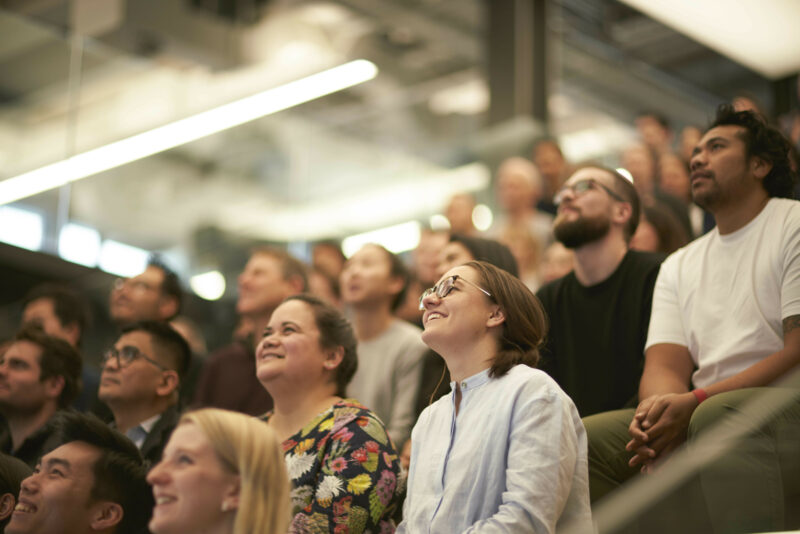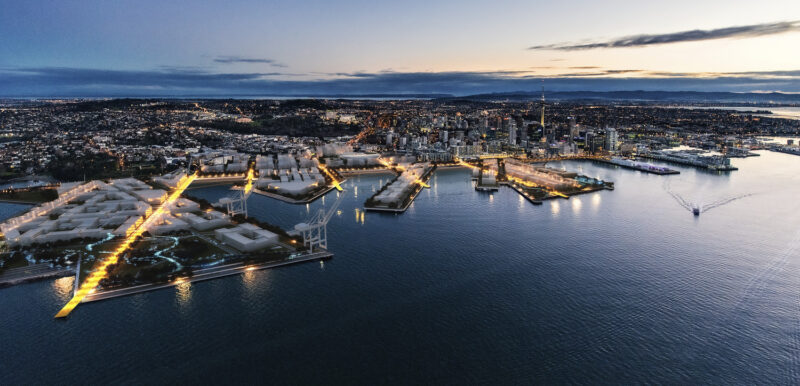We sit down with PhD candidate and Low Carbon Design Specialist at Warren and Mahoney, Emily Newmarch. Passionate about bridging the gap between art and science to inspire action through innovative architecture, Emily shares her insights towards achieving zero carbon and beyond.

Tell us about your current PhD research and your new role as Low Carbon Design Specialist at Warren and Mahoney.
My passion lies in the poetic and pragmatic qualities of architecture. My background is in researching thermal performance and the relationship between architecture and landscape.
When writing my proposal to undertake my PhD, it felt natural to link the scientific investigation on embodied carbon emissions to building materials. My PhD seeks to answer the question - how can we measure, design and value architecture for a low carbon future?
Making a meaningful contribution to projects that can advance us towards a low carbon future is what drives me. This drive also led me to apply for the Callaghan Fellowship Grant through which I was able to partner with Warren and Mahoney and embed my research in a real-world context.
Alongside my PhD research, I also work as a Low Carbon Design Specialist at W+M. The role allows me to engage on a wide range of projects, help upskill staff and convert commitments into actions in pursuit of carbon zero.
At the forefront of design, innovation and science, what do you see as the greatest opportunities for impact right now?
I believe the greatest opportunity we have for impact is through designing for the full life cycle of a building. Using strategies that focus on designing with less will reduce the upfront embodied carbon emissions we will cause in the next decade.
We have a lot of potential to continue this by designing for flexibility, adaptability, and deconstruction. Employing these future thinking strategies will allow any project to carefully and consciously manage materials for decades to come.
Thinking about the whole life cycle has a strong scientific standing as each option can be precisely measured. Cyclic thinking is not new or exclusive to a scientific position, with indigenous cultures having a strong understanding of thinking through cycles. Engaging with these cultures is a great way to unlock opportunities for the broader project vision and future.
For the practice of architecture, one of the greatest tools we have available to us is technology. Having access to the right tools enables data to flow quickly from a 3D model to an assessment of performance. Ensuring this information can be accessed at the right time empowers decisions to be made with a high level of confidence.
How can we create outrageous positive change in the construction industry?
Collaboration across all disciplines is key to creating a positive change on every project. We need to advance the way we think to solve problems. Constantly challenging each other with different perspectives and ideas helps us do this – it allows us to find the best solution for every project.
A beautiful metaphor for describing how we can create positive change is ‘he waka eke noa.’ This means we are all in a waka, and the only way to move forward is to paddle together. For me this can be applied in two contexts:
- In a project team everyone has a paddle and is responsible for doing their share in moving the waka ahead.
- In a portfolio of projects, all of them matter and need to do their part in reducing emissions. While we need projects that show leadership, we can’t rely on them to move the whole waka forward.
Outrageous change can occur when we act and tackle the project together. Designing low carbon buildings is not a solo task and everyone in the industry can contribute to delivering a low carbon building.
What are three things our clients should be thinking about, or implementing across their business and projects today?
1. Setting ambitious targets and constructing a roadmap that gradually increases these targets between now and 2030. The next few years will see local leaders step forward, and those will be the ones with clear expectations and a pathway forward.
2. To action targets on projects it is critical to be aware of who needs to be engaged and when. Assembling the right team and requirements from the initiation of a project will enable insights on carbon emissions to feed into decision making throughout each design phase.
3. Reflect on the projects you’ve already completed and identify those that can establish reference or best practice benchmarks. Selecting a few buildings within a portfolio that have adjustable life cycle assessments allows a consistent building to be used as a benchmark to measure performance. This is useful for achieving different certifications or future building consent requirements.
What does success look like for our industry in 2032?
Changes both big and small to every project by all team members will lead to success. We must look beyond producing buildings that are less bad for the environment and focus on designing buildings that make a positive contribution.



